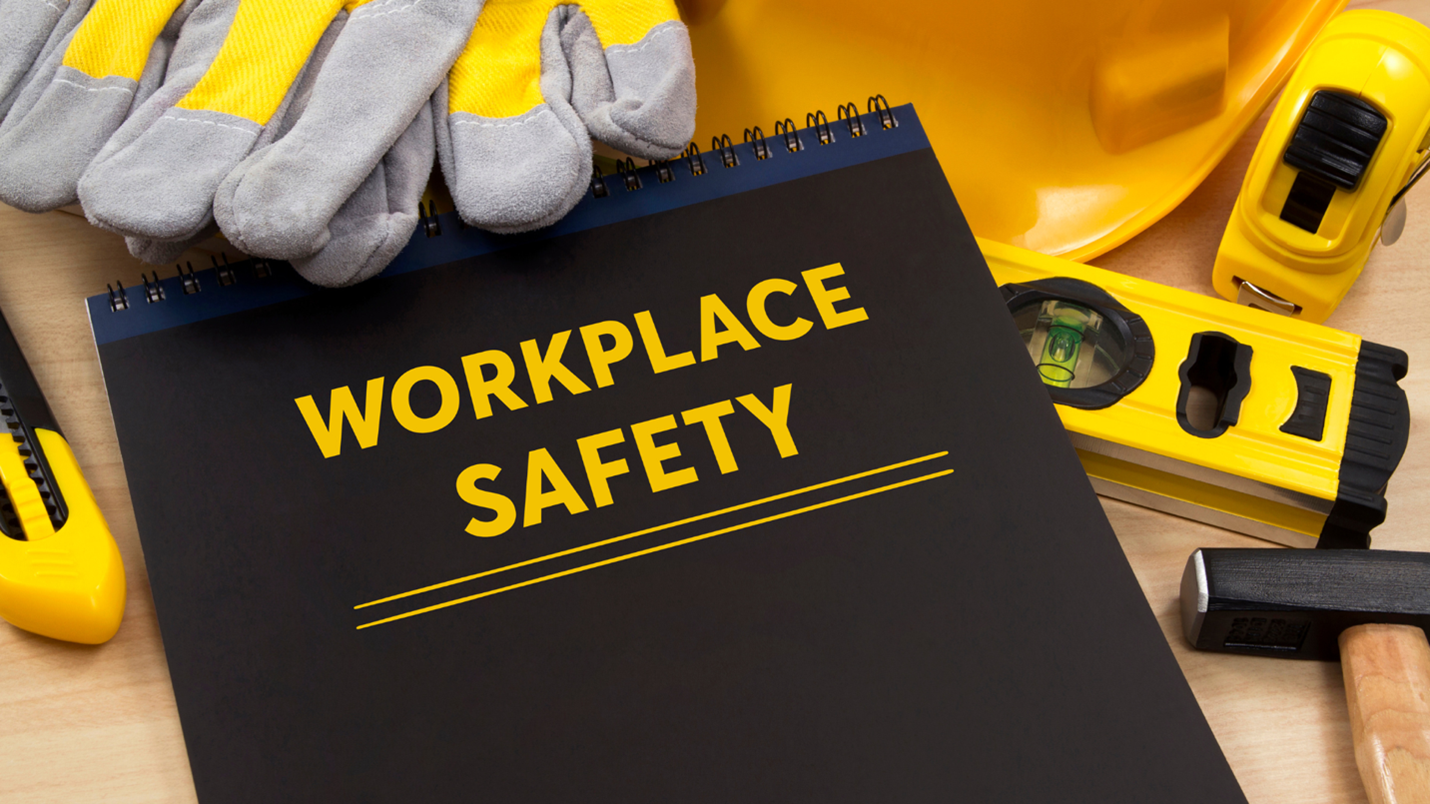A Comprehensive Guide to OSHA’s Enhanced Workplace Safety Plan in 2023

The Occupational Safety and Health Administration (OSHA) is a federal agency dedicated to ensuring safe and healthy working conditions for employees throughout the United States. In January 2023, OSHA announced an ambitious new plan to address workplace safety, including various key initiatives to reduce injuries and fatalities.
OSHA’s New Plan for Workplace Safety in 2023
OSHA’s plan for workplace safety in 2023 focuses on several key areas aimed at enhancing working conditions nationwide. These initiatives include:
Strengthening Enforcement:
OSHA intends to bolster its enforcement efforts by increasing the number of inspections and citations issued for workplace violations. Additionally, OSHA plans to exercise its subpoena powers more frequently during initial investigations. These measures will help ensure that employers take the necessary steps to prioritize the safety and well-being of their workers.
Targeting High-Risk Industries:
OSHA has identified high-risk industries, such as construction and manufacturing, as focus areas. By concentrating on these sectors, OSHA aims to decrease the number of injuries and fatalities associated with them.
Emphasizing Prevention:
OSHA will emphasize injury prevention by encouraging employers to proactively identify and address potential hazards before they lead to harm or illness.
Improving Data Collection:
OSHA seeks to enhance its data collection efforts to track workplace injuries and illnesses better. By gathering comprehensive and accurate data, OSHA can identify trends and areas that require improvement in terms of workplace safety.
Tips for Employers to Enhance Workplace Safety
There are several steps you can take to improve workplace safety and ensure compliance with OSHA regulations. Here are some practical tips to help you get started:
- Review Safety Policies and Procedures: Regularly review and update your safety policies and procedures to ensure they align with OSHA requirements. Pay particular attention to policies concerning infectious disease prevention, heat illness prevention, workplace violence prevention, and procedures for reporting workplace injuries and illnesses.
- Conduct Regular Safety Inspections: Regularly conduct comprehensive safety inspections with the help of trained professionals knowledgeable about OSHA regulations and industry best practices. These inspections will help you identify potential hazards and take corrective measures before accidents occur.
- Provide Proper Training: Offer thorough training programs to ensure your employees are well-informed about potential hazards and know how to stay safe while performing their duties. Training should cover equipment usage, safe work practices, emergency procedures, and the latest guidelines on infectious disease prevention, heat illness prevention, and workplace violence prevention.
- Encourage Employee Participation: Actively involve your employees in the safety process by encouraging them to report any safety concerns or incidents. Consider their feedback when making decisions regarding workplace safety, as employees often have valuable insights and can serve as the first line of defense in hazard identification.
- Maintain Accurate Recordkeeping: Proper recordkeeping is essential for OSHA compliance and monitoring workplace incidents. Keep meticulous records of all workplace injuries and illnesses, using this information to identify areas for improvement in safety protocols.
- Provide Personal Protective Equipment (PPE): Ensure that appropriate personal protective equipment, such as hard hats, safety glasses, and gloves, is readily available to your employees. Train them on properly using and maintaining PPE relevant to their tasks and work environment.
- Respond Promptly to Safety Concerns: Address safety concerns identified by employees during inspections promptly. Investigate the issues, take necessary steps to mitigate hazards, and communicate the resolutions to your employees. Establish a reporting mechanism to encourage employees to voice safety concerns.
- Foster a Culture of Safety: Cultivate a workplace culture prioritizing safety from top to bottom. As an employer, it is crucial to lead by example and communicate the importance of workplace safety to all employees. Conduct regular safety meetings to discuss best practices, address concerns, and reinforce safety protocols. Encourage open communication about safety, where employees feel comfortable reporting hazards or suggesting improvements. Provide resources, such as safety training materials or workshops, to empower employees to learn more about workplace safety and stay updated on industry standards.
- Seek Assistance if Needed: If you have uncertainties about complying with OSHA requirements or need help improving workplace safety, don’t hesitate to seek assistance. OSHA offers various resources to help employers understand their obligations under the law and enhance safety in the workplace. You can contact OSHA directly or consider consulting with a qualified safety consultant who can provide guidance tailored to your specific industry and operations.
Conclusion
OSHA’s proactive approach to workplace safety in 2023 is a positive step toward creating safer working conditions for employees across the United States. By strengthening enforcement, targeting high-risk industries, emphasizing prevention, and improving data collection, OSHA aims to ensure employers take the necessary measures to protect their workers’ well-being.
However, with the increased focus on enforcement, it is crucial for employers, especially those in industries expected to face heightened scrutiny, to prioritize compliance with OSHA regulations. Consider seeking legal counsel early on to navigate initial investigations and proposed citations effectively, particularly in heavy labour and manufacturing industries.
By conducting regular safety inspections, providing proper training and personal protective equipment, encouraging employee participation, maintaining accurate recordkeeping, and fostering a safety culture, employers can take proactive steps to minimize injuries and mitigate potential OSHA violations.
Remember, ensuring workplace safety is not only a legal obligation but also a moral responsibility to protect the well-being of your employees.
Please explore our website to see how we can help your business stay compliant and well-informed. Contact us today to learn how Global Hazmat can make a difference in your operations.
